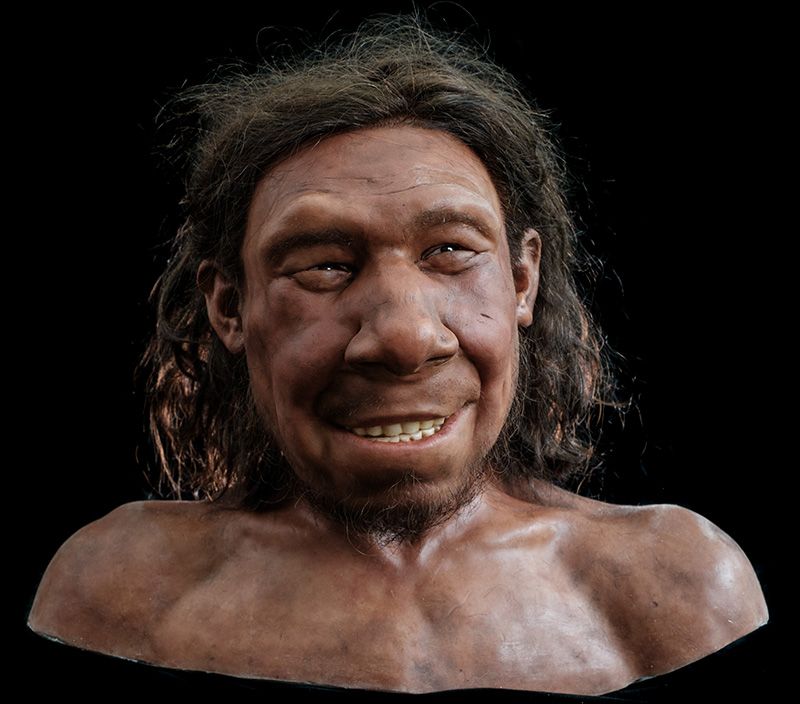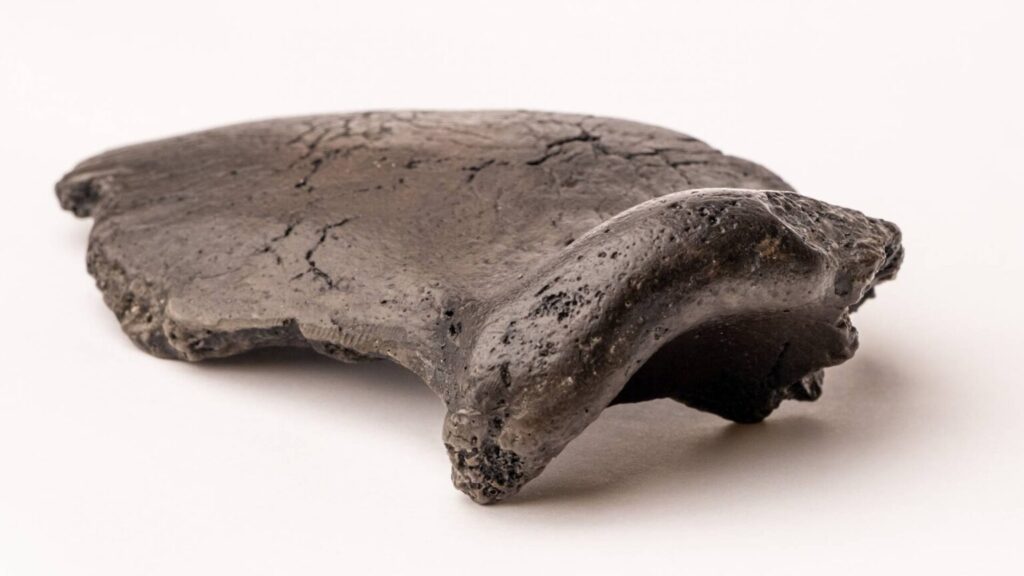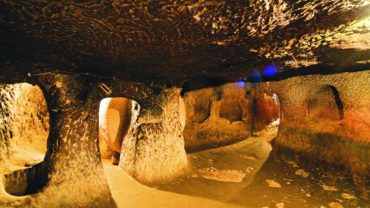Face Of 50,000-Year-Old ‘Krijn’ Reconstructed From Neanderthal Skulls
The Kennis brothers, world-renowned “paleo-artists,” have rebuilt the face of the earliest Neanderthal in the Netherlands.
The first Neanderthal in the Netherlands, whose skull piece was shown in 2009 in the National Museum of Antiquities in Leiden, has a face again after more than 50,000 years.
The Kennis brothers built many reconstructions of Neanderthals and other archaic humans, including the glacial mummy time.

Based on the distinguishing features of this and other Neanderthal skulls, the Kennis brothers recreated Neanderthal’s face: a young man with a significant hump over his right eye.
According to the National Museum of Antiquities, the nodule is the product of a tiny tumor.
Paleoanthropological artists Kennis & Kennis Reconstructions were enlisted to give him a scientifically plausible look.
To complete this task, they used the North Sea fossils’ inspection features, the number matching with comparable Neanderthal skulls, and the most current understanding of Neanderthals and their appearances, such as eyes, hair, and skin color.

The researchers named the young Neanderthal Krijn. More than 50,000 years ago, Krijn lived in the prehistoric territory today, the North Sea.
Back then, the water level was around fifty meters lower than it is now. Mammoths, woolly rhinoceroses, reindeer, horses, and Neanderthals walked through a cold but nutrient-rich steppe.
Doggerland, an exhibition at the National Museum of Antiquities with the same name, is about these people and their habitat.
In the vast and rich prehistoric area off the Dutch coast, the exhibition depicts the narrative of nearly a million years of human settlement, landscape, and climate change.
The discovery of Krijn and other findings demonstrates the necessity of future investigation and protection of the North Sea bed for Dutch and worldwide archaeology and paleontology.
From September 7 through October 31, 2021, the fossil and reconstruction of Krijn’s face will be displayed at the National Museum of Antiquities’ Doggerland exhibition.



